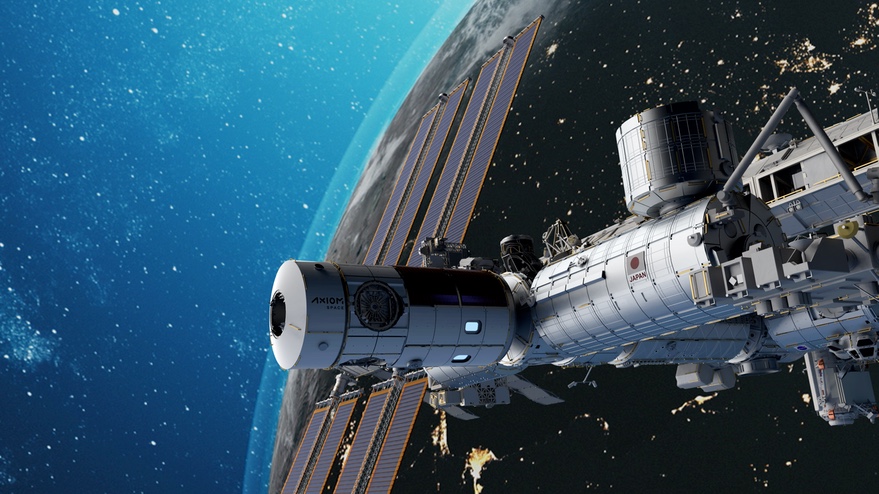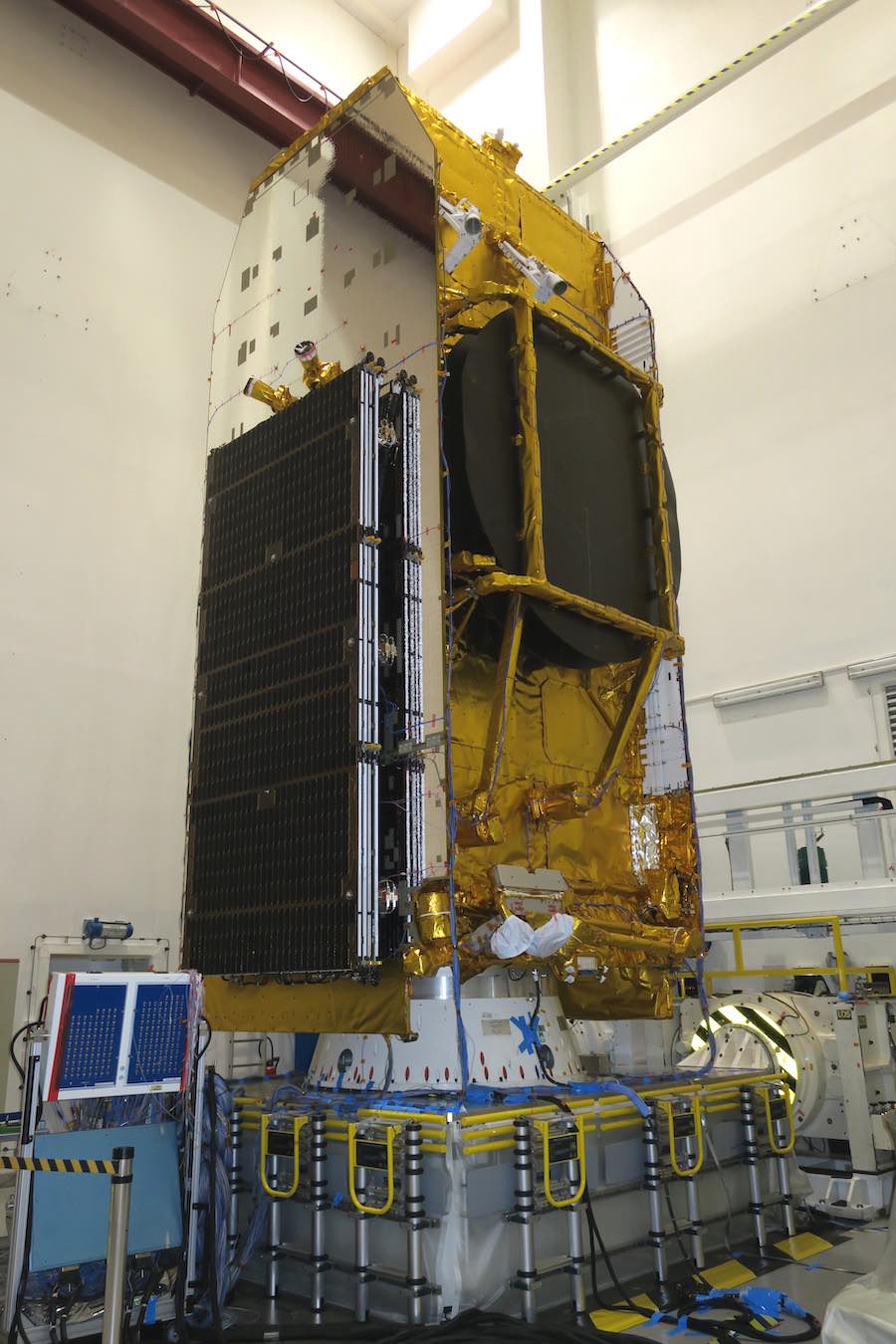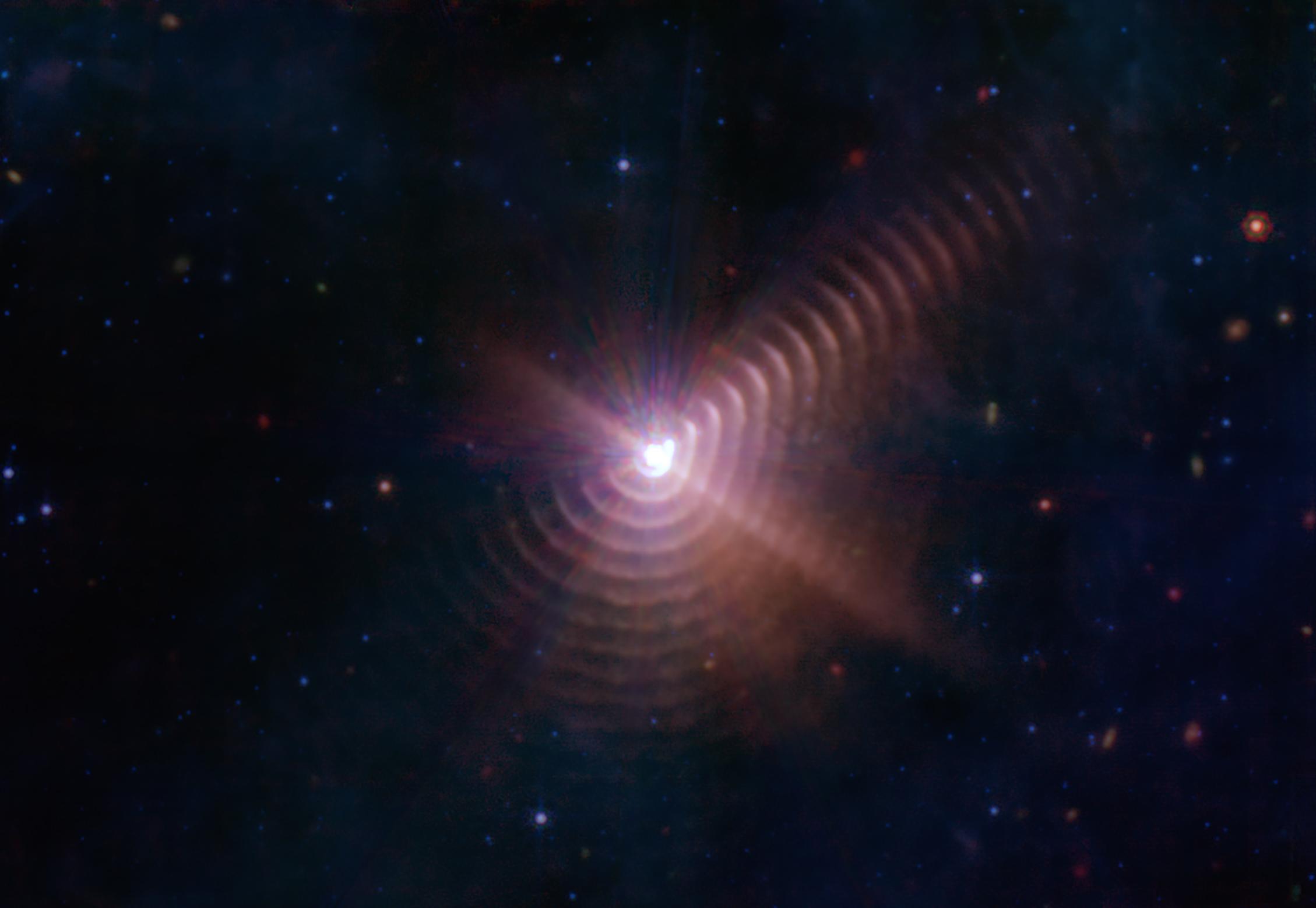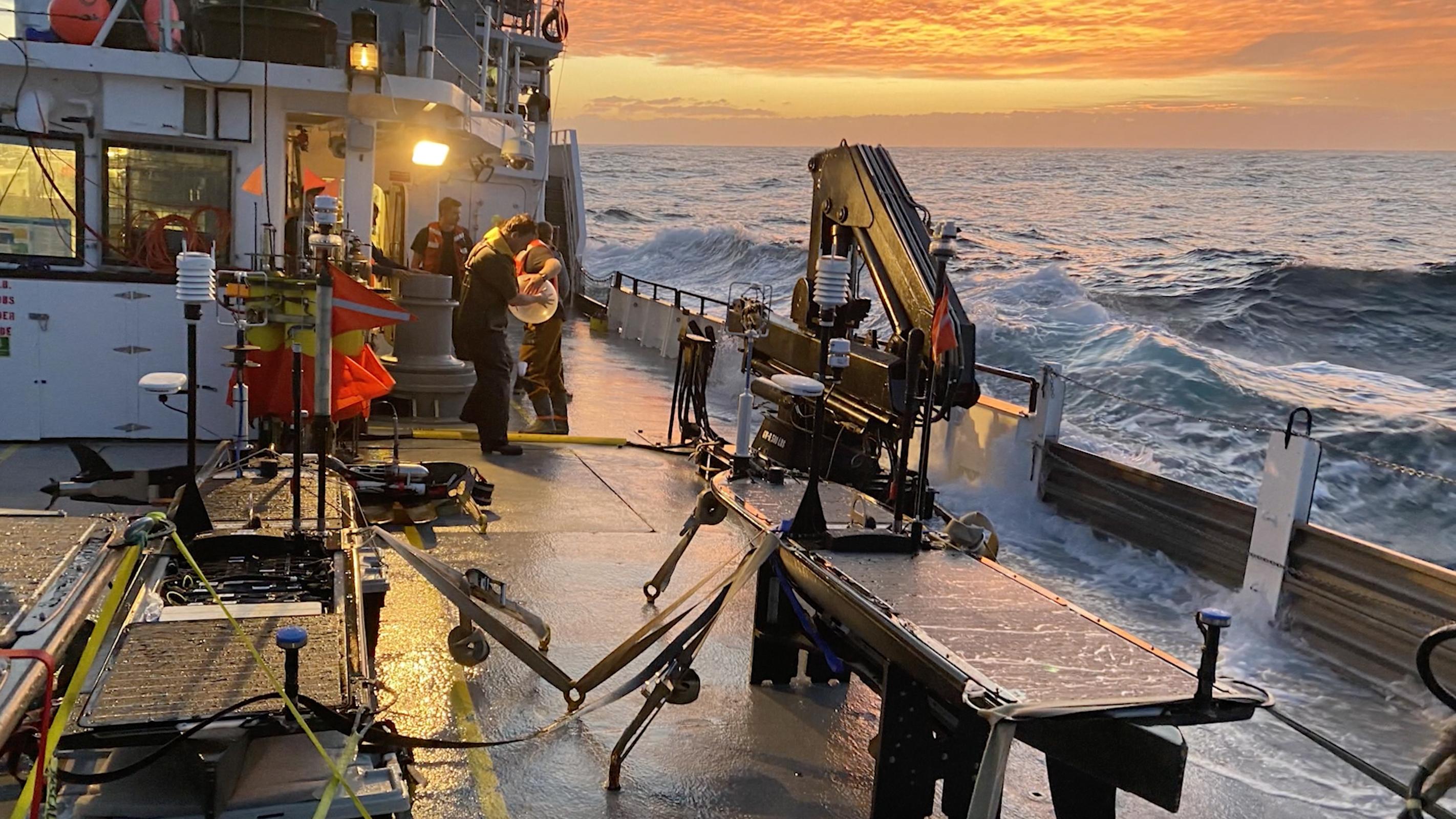DoD eyeing options to provide satcom in Ukraine as it continues talks with SpaceX
Original Publication Date: 2022-10-15 17:01

Pentagon says it is looking at options to provide satellite communications services for Ukraine. Deputy press secretary Sabrina Singh declined to comment on substance of discussions. SpaceX CEO Elon Musk said he will suspend Starlink internet services in Ukraine unless the U.S. Government agrees to foot the bill.
Amazon to link Kuiper satellites to DoD’s mesh network in space
Original Publication Date: 2022-10-14 20:37

Amazon's Project Kuiper will install DoD-compliant laser communications terminals on its internet satellites. Some Kuiper satellites will serve as “translators” so they can support high-speed data transfer. SDA is building a mesh network of hundreds of satellites in low Earth orbit to relay time-sensitive data.
Viasat’s Inmarsat takeover faces delay as UK expands merger review
Original Publication Date: 2022-10-14 17:44

U.K. Probe will likely delay Viasat's plan to buy Inmarsat. U.S.-based Viasat announced plans to buy the British satellite operator nearly a year ago. Viasat and Inmarsat are confident they can show the CMA how combining forces would not negatively impact competition.
Commercial space station developers seek clarity on regulations
Original Publication Date: 2022-10-14 12:01

Commercial space stations are intended to succeed the International Space Station. No federal agency today has the authority to provide oversight of commercial space stations. Similar gaps in authority exist for other emerging commercial space fields, like satellite servicing. “We need to figure these things out now so that we don’t have problematic issues,” says Mike Gold.
SpaceX launch to deploy first in new generation of Airbus-built satellites – Spaceflight Now
Original Publication Date: 2022-10-14 00:00

The first in a new line of Airbus-built communications satellites is stowed for launch on a SpaceX Falcon 9 rocket. The Hotbird 13F satellite is built on the new Eurostar Neo spacecraft platform designed by Airbus Defense and Space. Eutelsat, a Paris-based commercial satellite operator, was the first customer to sign up to use the new platform. The launch of Eutelsat’s Hotbird 13F will be followed in November by a nearly identical satellite for Eutelsat named Hotbird 13G.
Star Duo Forms ‘Fingerprint’ in Space, NASA’s Webb Finds

Lau and his co-authors think WR 140’s winds also swept the surrounding area clear of residual material they might otherwise collide with. This may be why the rings remain so pristine rather than smeared or dispersed. There are likely even more rings that have become so faint and dispersed, not even Webb can see them in the data.
NASA’s Mars Mission Shields Up for Tests

Micrometeorites are a potential hazard for any space mission, including NASA’s Mars Sample Return. The lab uses two-stage light gas guns to accelerate objects to speeds that simulate micrometeorite and orbital debris impacts on spacecraft shielding. Engineers spent three days preparing for a one-second experiment.
NASA Dust Detective Delivers First Maps From Space for Climate Science

EMIT traces its roots to imaging spectrometer technology that NASA’s Airborne Imaging Spectrometer (AIS) first demonstrated in 1982. EMIT’s data also will be freely available for a wide range of investigations, including, for example, the search for strategically important minerals such as lithium and rare-earth elements.
NASA Study Suggests Shallow Lakes in Europa’s Icy Crust Could Erupt

NASA is sending the Europa Clipper spacecraft to Jupiter’s moon Europa. There is strong evidence that under a thick crust of ice, the moon harbors a global ocean that could potentially be habitable. The spacecraft will orbit Jupiter and use its suite of sophisticated instruments to gather science data.
NASA’s S-MODE Field Campaign Deploys to the Pacific Ocean

S-MODE is a new satellite-based tool to study sub-mesoscale eddies in the ocean. Such features are challenging to analyze because, spanning up to 6.2 miles (10 kilometers), they are larger than any vessel. Infused with energy, they can change within hours.
JPL’s Venus Aerial Robotic Balloon Prototype Aces Test Flights

A new concept would send a robotic balloon into Venus' thick atmosphere. The balloon would work in tandem with a Venus orbiter to study Earth's sister planet. To test this concept, a team of scientists and engineers recently carried out two successful flights of a prototype balloon that’s about a third of that size.
NASA’s InSight Waits Out Dust Storm

InSight saw a recent drop in power generated by its solar panels as a continent-size dust storm swirls over Mars’ southern hemisphere. With less sunlight reaching the lander’s panels, its energy fell from 425 watt-hours per Martian day, or sol, to just 275 watt-hours per sol. To conserve energy, the mission will turn off InSight’s seismometer for the next two weeks.
